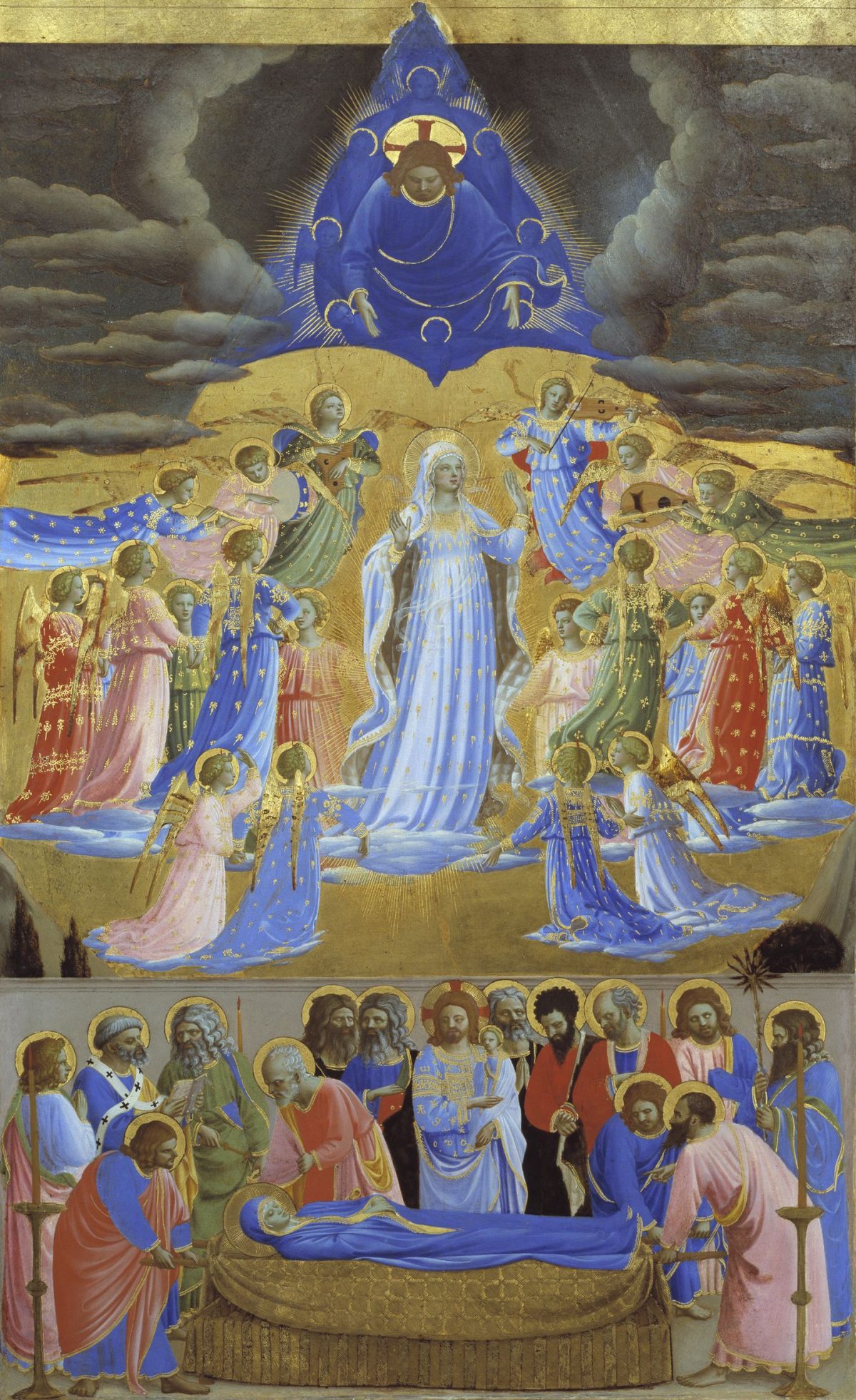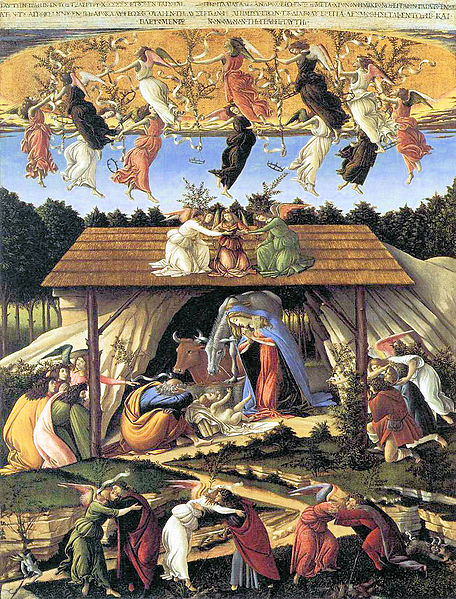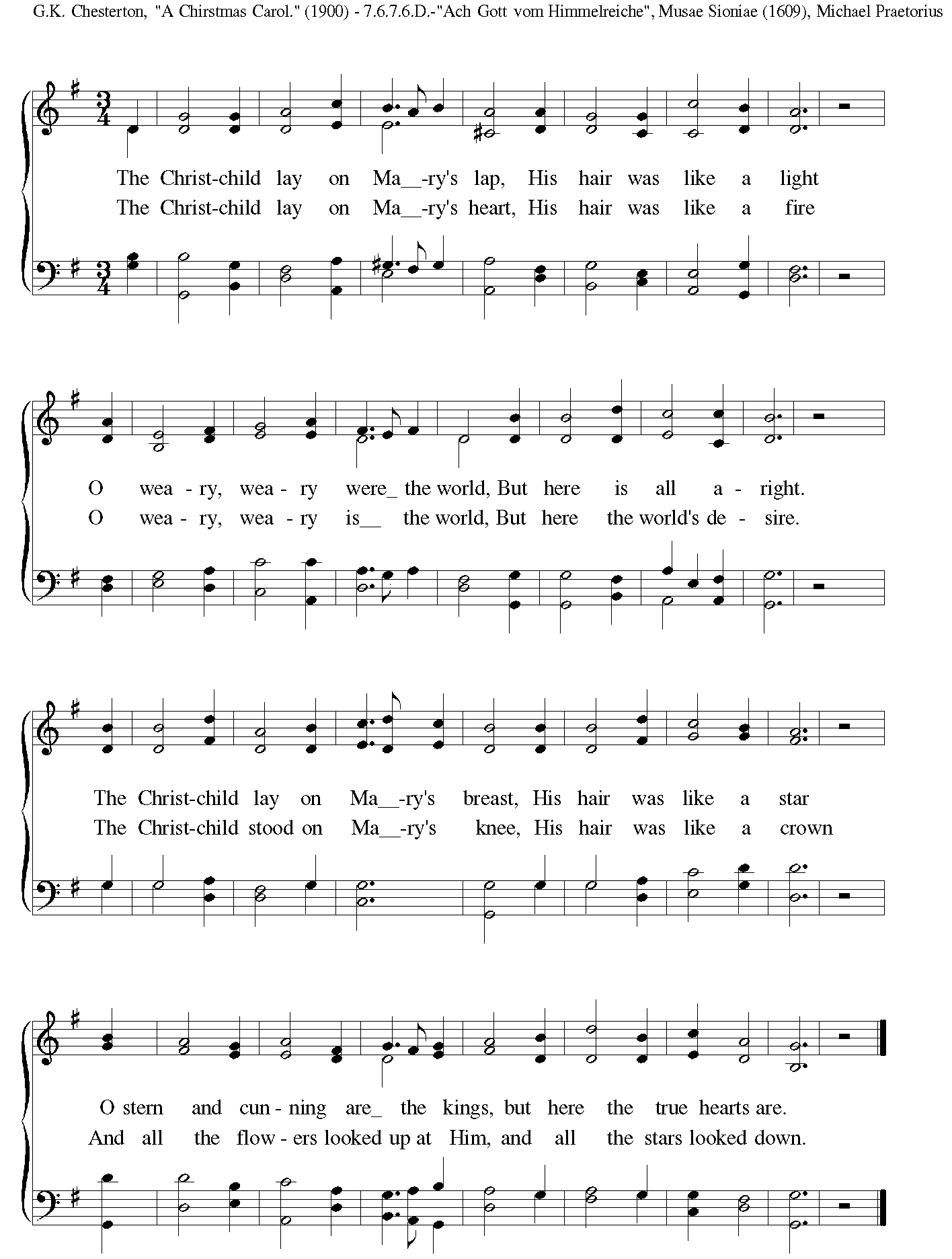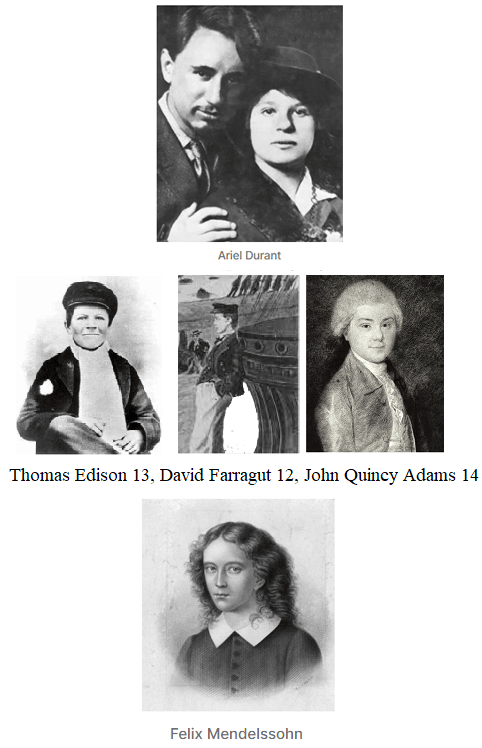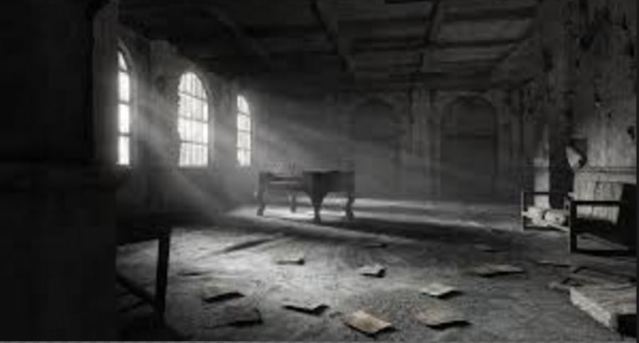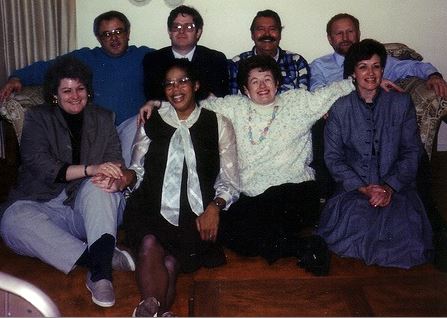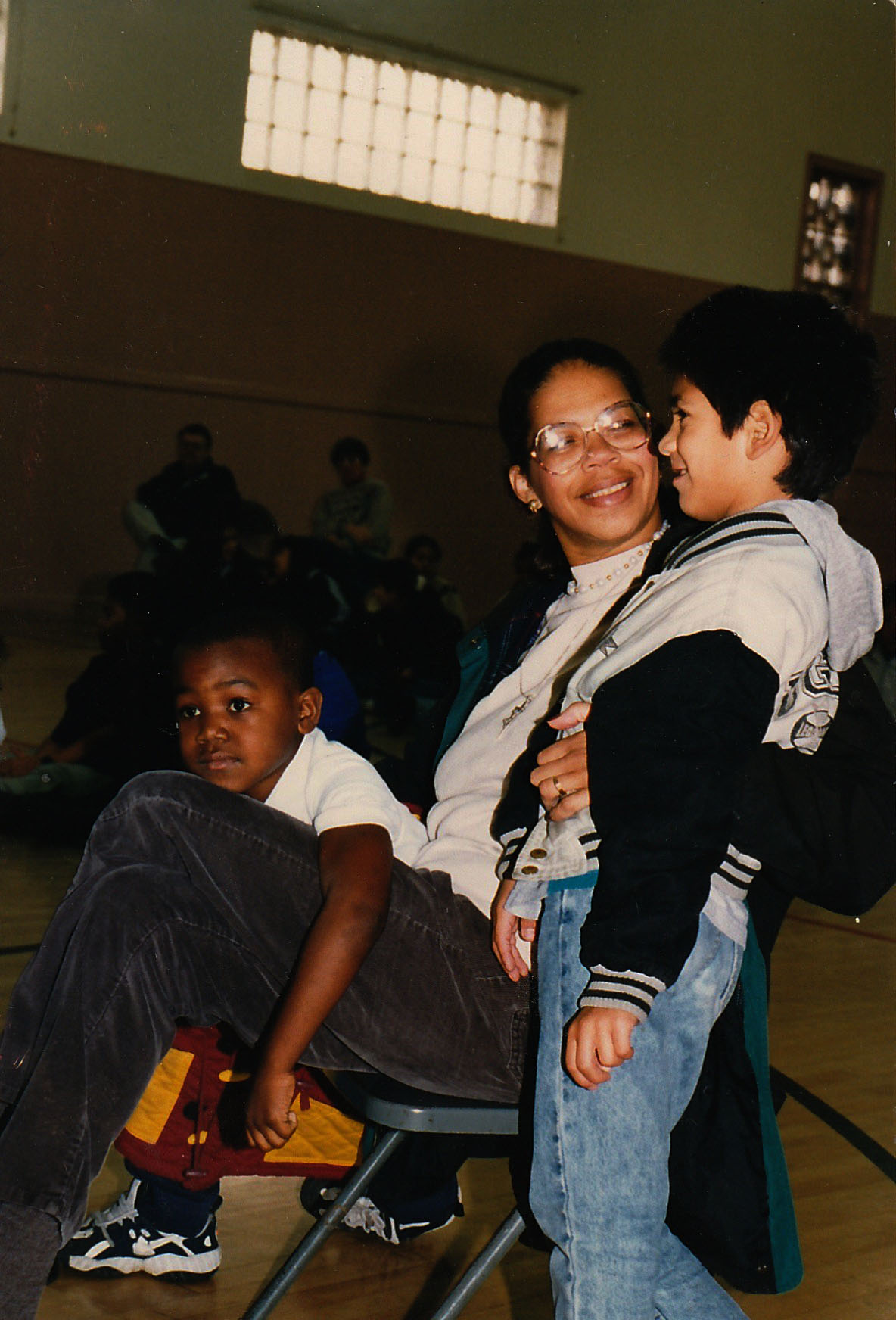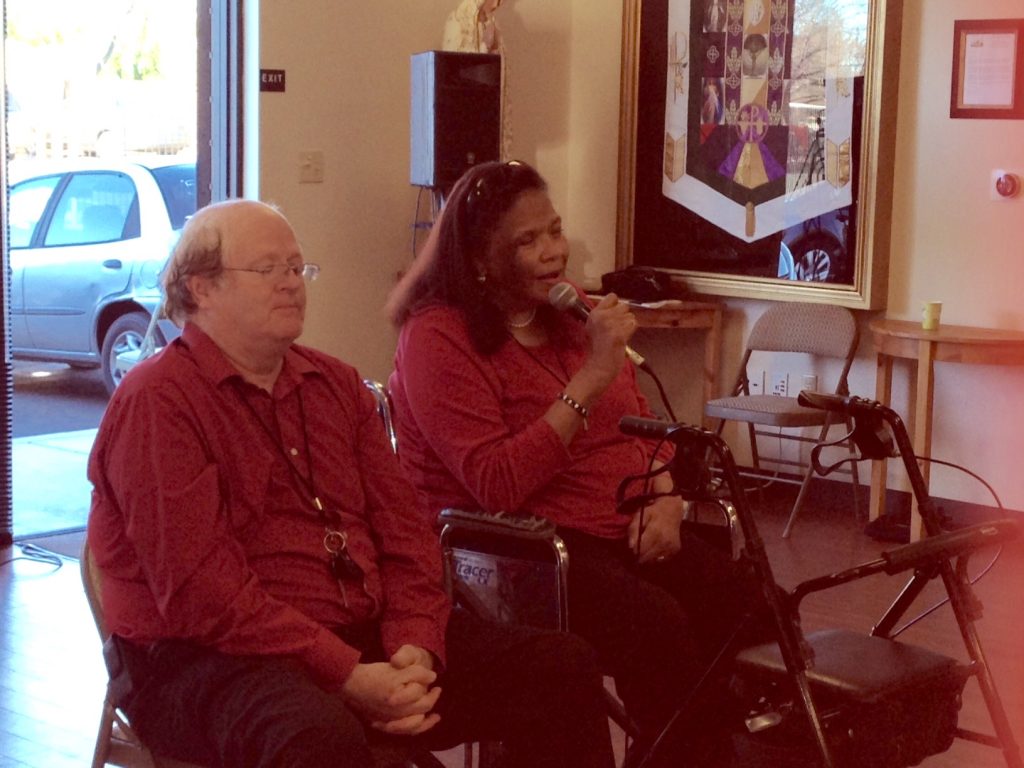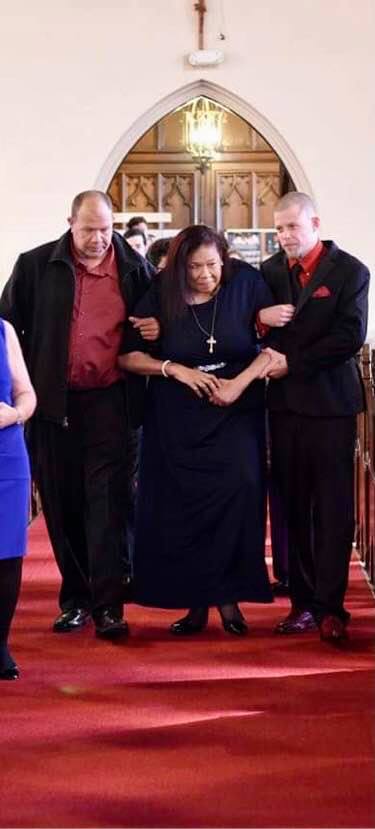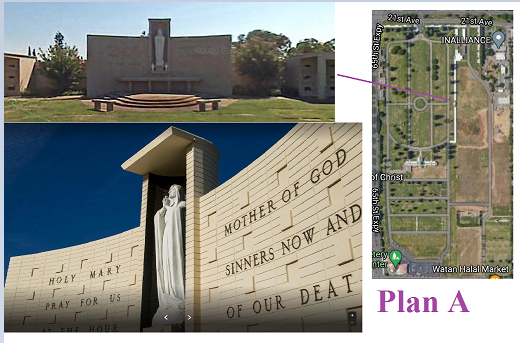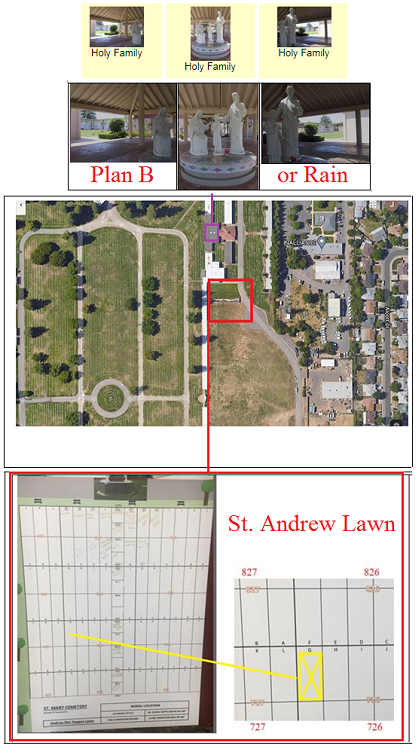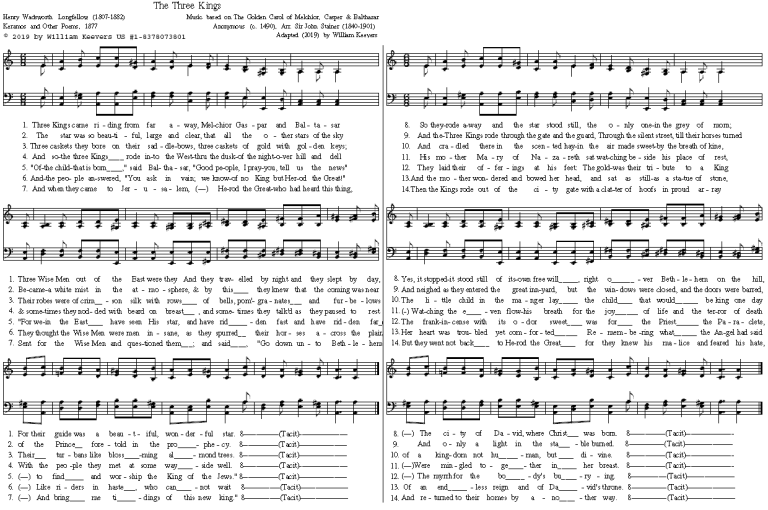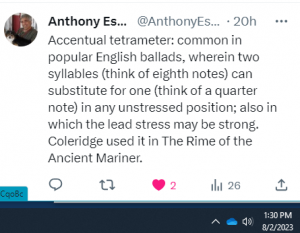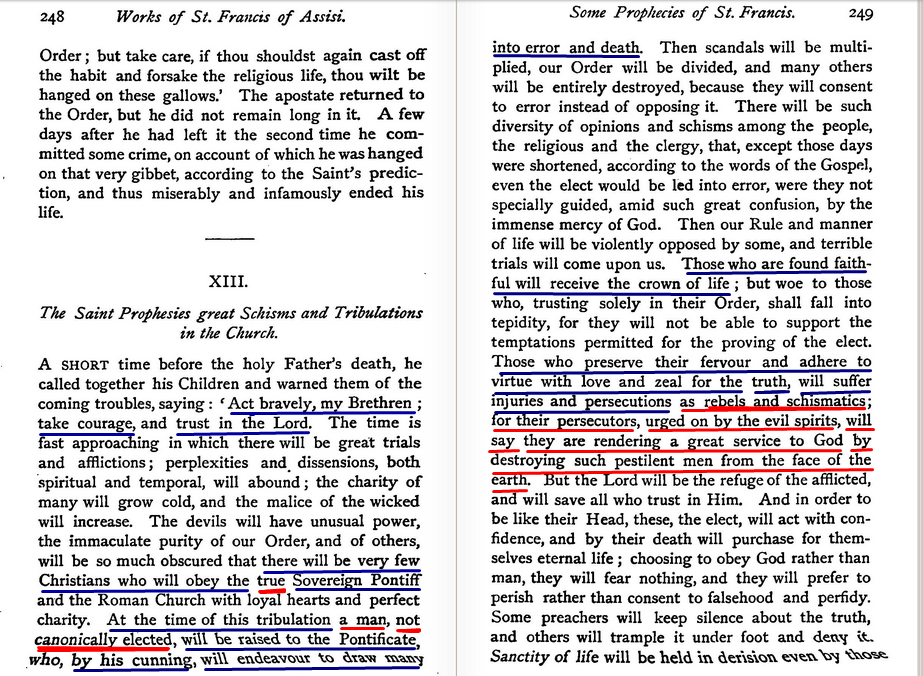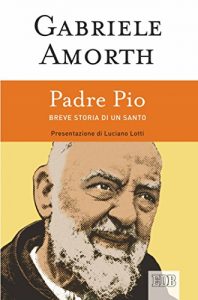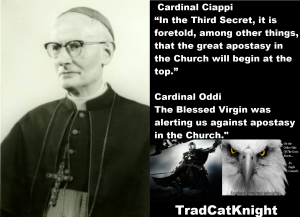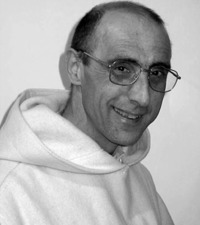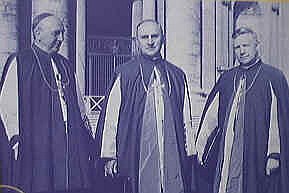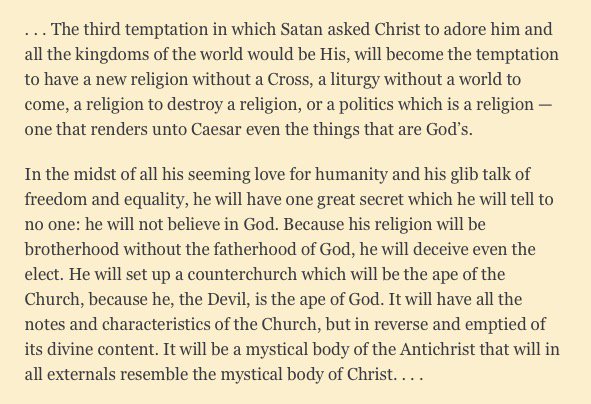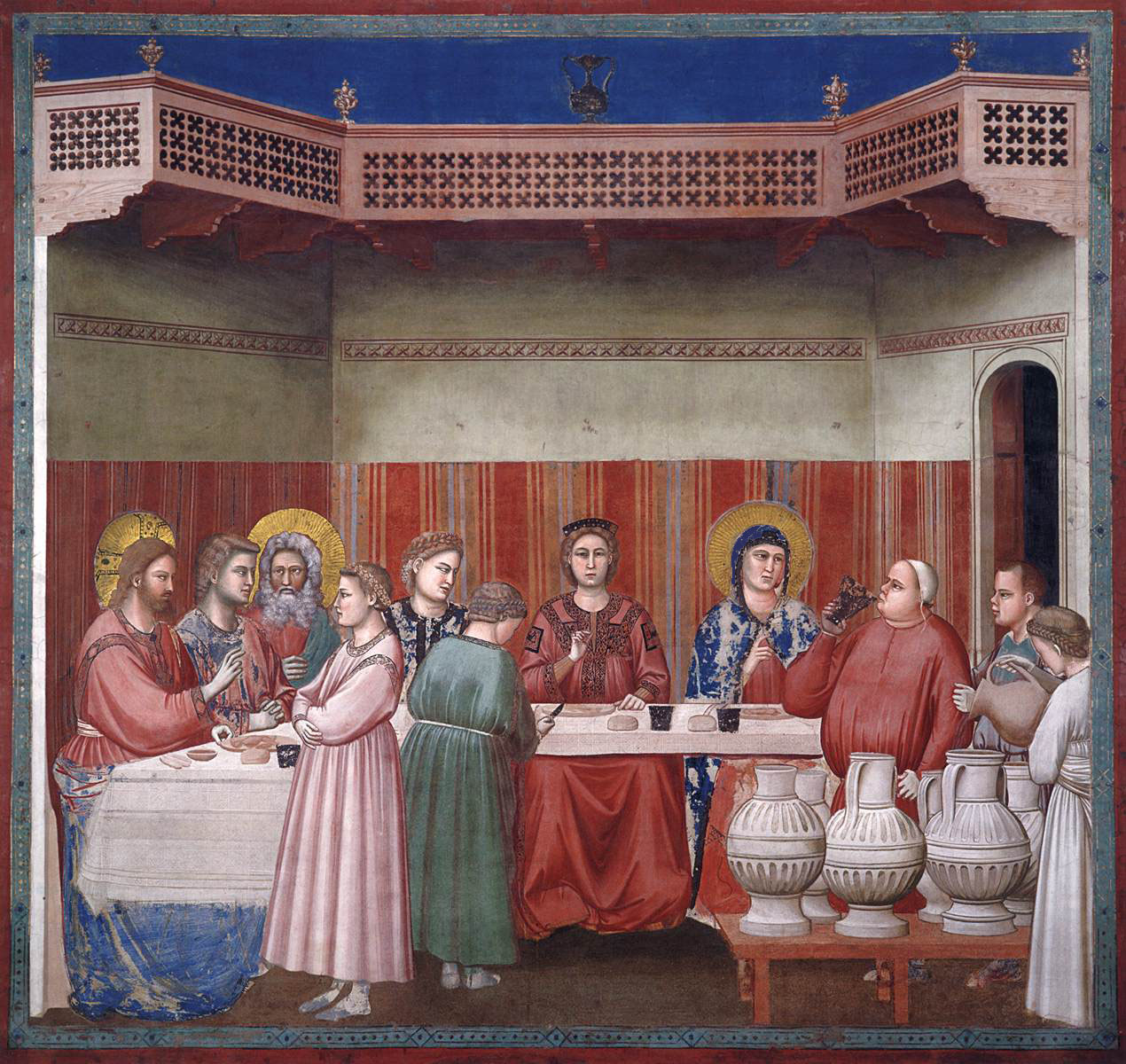
Mary attended the wedding of a poor couple, accompanied by Jesus and His disciples. The couple did not expect so many guests at their wedding banquet. They ran out of wine, to their dismay and shame.
The servants of the wedding banquet knew to come to Mary. “They have run out of wine.” Mary took their problem to her Son, Jesus. “Woman, what is it to Me, to you? My hour is not yet come.”
Mary only said to the servants, “Do Whatever He Tells You.” Jesus changed the water into wine, the servants took the wine to the chief steward, who did not know what Jesus had done, he said to the Bridegroom, “Every man sets forth the good wine first, then when the guests have drunk well, he puts out the inferior wine, but you have saved the good wine until last!” This was Jesus’ first miracle, the beginning of His public ministry, at His mother’s prompting. And His disciples believed in Him.
After His mother told Him, “They have no wine.”
On the cross, Jesus gave His mother to His friend John.
And the dragon was angry against the woman: and went to make war with the rest of her seed, who keep the commandments of God, and have the testimony of Jesus Christ. – Revelation 12:17
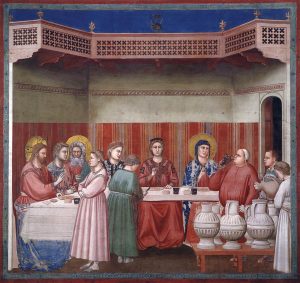
Click the ▶ Button to sing the prayer (key for Women), or play the song in a New Window ⧉
Click the ▶ Button to sing the prayer (key for Men), or play the song in a New Window ⧉
O Virgin, guest most gracious,
the couple’s last recourse,
unless thy help’s solicited,
they languish in remorse;
Thou bidst us do whatever He says,
His Word’s command Divine,
The type of His great gift of Self,
The water into wine.
God was so pleased with Enoch, that He took him bodily up to heaven. God took Elijah up to heaven in a fiery chariot. No one knows where Moses is buried, it is thought that he was taken up to heaven in his body. It is the firm tradition of the Eastern Orthodox and the Catholic, from the earliest time of the Church, that Mary, whom Jesus loved more than anyone, did not presume to avoid death after her Son had suffered death, but when she fell asleep, it was fitting, along with Enoch, Elijah and Moses, that she should suffer no corruption, and that she was taken bodily up to heaven, where , in her body, physically united with her soul, she is now with Jesus, Who Himself had already ascended bodily to the right hand of God nevermore to suffer death, as His holy mother had never been subject to the devil’s domain of death, except by her choice to imitate her Divine Son’s death. And after the end of the world and the ending of all death, we will also be reunited with new bodies, in heaven or otherwise, after the first-fruits of salvation, Jesus and Mary. Mary now sits at the right hand of her Divine Son at the eternal Wedding Feast of the Lamb.
▶ Click the Button to sing the prayer, or play the song in a New Window ⧉



▶ Click the Button to sing the prayer, or play the song in a New Window ⧉
| Fr. Frederick W. Faber | Fr. Charles Raymond-Barker, S.J. |
|---|---|
| 1. Sing, sing, ye Angel Bands, All beautiful and bright; For higher still, and higher, Through fields of starry light, Mary, your Queen, ascends, Like the sweet moon at night. |
2. A fairer flower than she, On earth hath never been; And, save the Throne of God, Your heavens have never seen, A wonder half so bright, As your ascending Queen! |
| 3. O happy Angels! look, How beautiful she is! See! Jesus bears her up, Her hand is locked in His; O who can tell the height Of that fair Mother’s bliss? |
4. And shall I lose thee then, Lose my sweet right to thee? Ah! no—the Angel’s Queen, Man’s mother still will be, And thou, upon thy throne, Wilt keep thy love for me. |
| 5. On then, dear Pageant, on! Sweet music breathes around; And love like dew distills, On hearts in rapture bound; The Queen of heaven goes up, To be proclaimed and crowned! |
6. On—through the countless stars, Proceeds the bright array; And Love Divine comes forth, To light her on her way, Through the short gloom of night, Into celestial day. |
| 7. The Eternal Father calls, His daughter to be blessed; The Son His Maiden-Mother, Woos unto His Breast; The Holy Ghost His spouse, Beckons into her rest. |
8. Swifter and swifter grows, That marvelous flight of love, As though her heart were drawn, More vehemently above: While jubilant angels part, A pathway for the Dove! |
| 9. Hark! hark! through highest heaven, What sounds of mystic mirth! Mary by God proclaimed, Queen of Immaculate Birth, And diademed With stars, The lowliest of the earth! |
10. See! see! the Eternal Hands Put on her radiant crown, And the sweet Majesty, Of Mercy sitteth down, For ever and for ever, On her predestined throne! Amen. |

